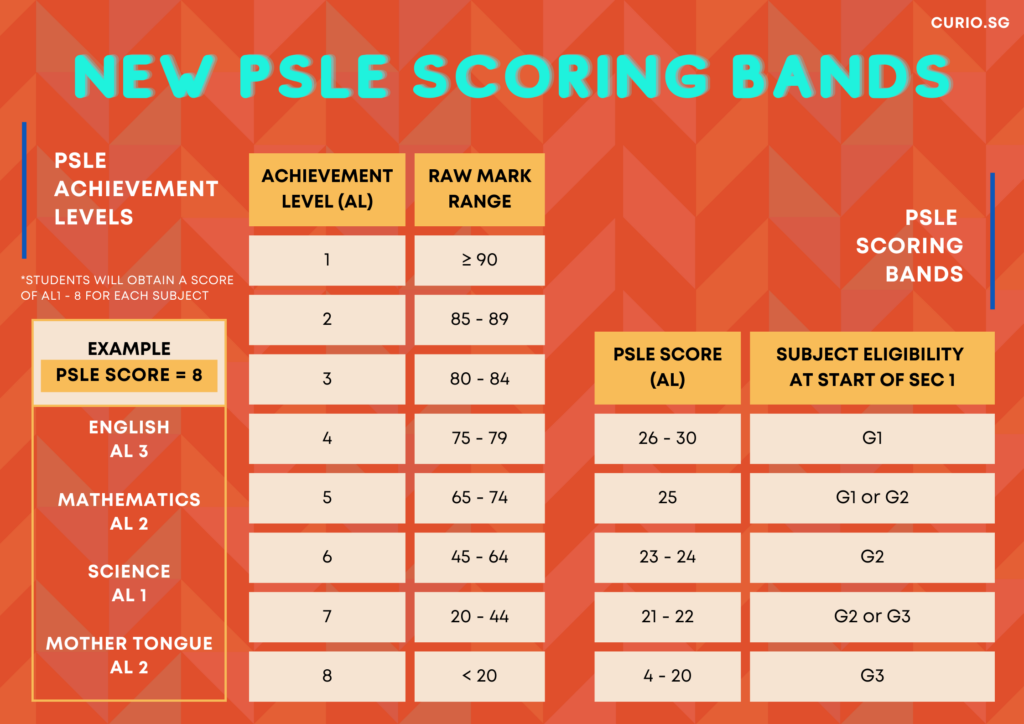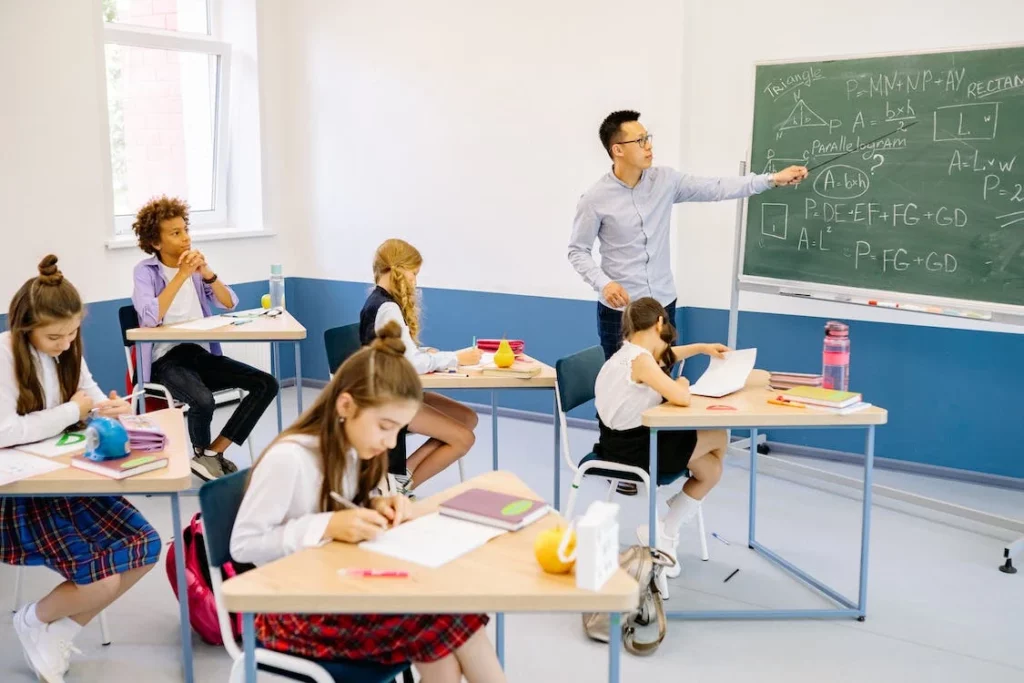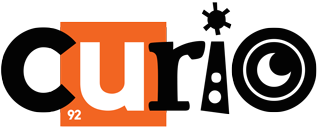"Education in Singapore: Breaking barriers, fostering inclusivity, and transforming futures through subject-based banding."

The streaming system in Singapore started in 1980. In more recent times, it has been criticised for limiting opportunities and labelling students based on their academic performance. In response, the Ministry of Education has announced the full implementation of subject-based banding (SBB) in more than two-thirds of secondary schools by 2023, with all schools adopting it by 2024.
Under the SBB system, students from different streams will take non-academic subjects together and can choose academic subjects at different levels based on their abilities and interests. This approach fosters inclusivity, provides a more personalised learning experience, and allows students to pursue their passions.
While the implementation of SBB has posed challenges, such as ensuring teachers are equipped to teach in mixed-ability classes, the system promises results when it comes to improving student outcomes and eventually, transforming the education landscape in Singapore.
1. How Subject-Based Banding Works

Under the SBB system, students from the Express, Normal (Academic), and Normal (Technical) streams are placed in the same mixed-form class and take six non-academic subjects together, including physical education and art. Students can then take subjects at three levels – G1, G2, and G3, mapped from today’s Normal (Technical), Normal (Academic), and Express standards, respectively.
2. Benefits of SBB

The SBB system has been designed to provide students with a more personalised learning experience and to help them find their niche. The traditional streaming system in Singapore has been criticised for labelling students and limiting their opportunities based on their academic performance. Full SBB aims to remove the stigma of being in the Normal (Academic) or Normal (Technical) streams and provide students with more flexibility in choosing the subjects they want to study at a level that suits their abilities.
The benefits of the SBB system over the traditional streaming system are many:
- Students are no longer labelled and confined to a specific stream based on their academic performance.
- Students are given the freedom to choose subjects at a level that suits their abilities and interests.
- It helps to foster a sense of inclusivity and allows students to pursue their passions.
- Teachers can cater to the different needs of each student.
- It helps to develop critical thinking and problem-solving skills.
3. Impact and Challenges of SBB

The impact of full SBB on student learning and engagement has been positive so far. Students are more motivated to learn as they are studying subjects they are interested in and at a level that suits their abilities. The mixed-form classes have also created a more inclusive learning environment where students from different streams interact with and learn from each other. Teachers are also reporting that they are better able to cater to the individual needs of their students, resulting in better student outcomes.
However, the implementation of full SBB has not been without its challenges. One of the main concerns is that students who are more academically inclined may not be challenged enough in the mixed-form class. To address this issue, students are able to take subjects at three different levels, with G3 being the most advanced level. Another challenge has been ensuring that teachers are equipped to teach in a mixed-ability class. Teachers have had to learn new pedagogical approaches such as differentiated instruction in order to cater to the varying abilities and interests of their students.
With the ongoing commitment and effort from educators and policymakers, full SBB has the potential to transform the education landscape in Singapore and perhaps even provide a model for other countries to follow.
